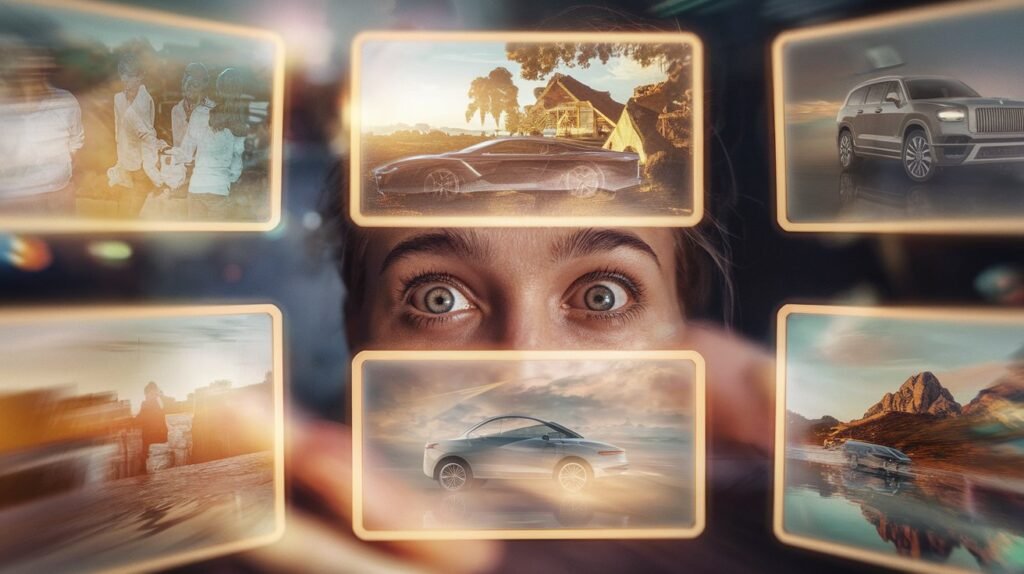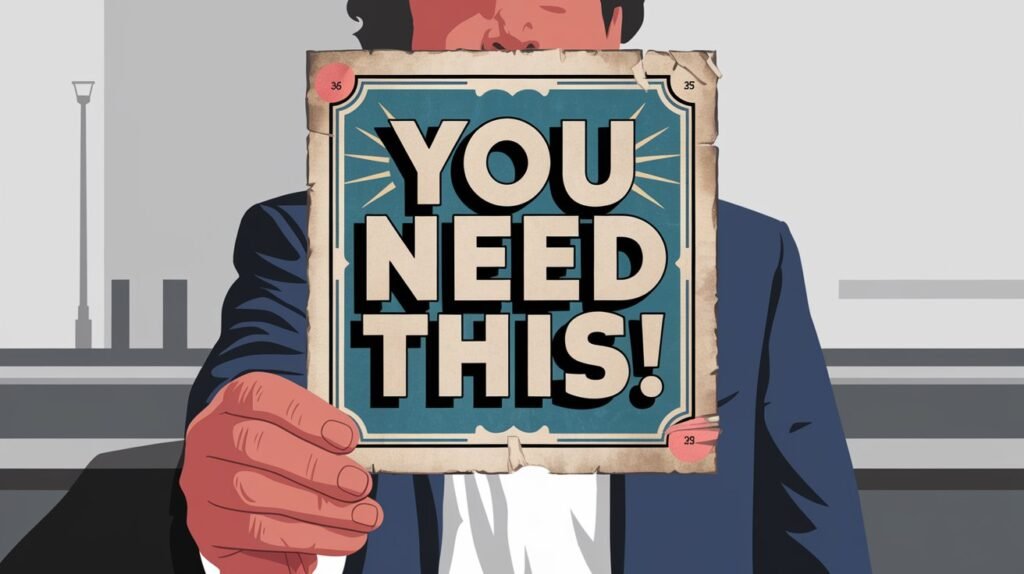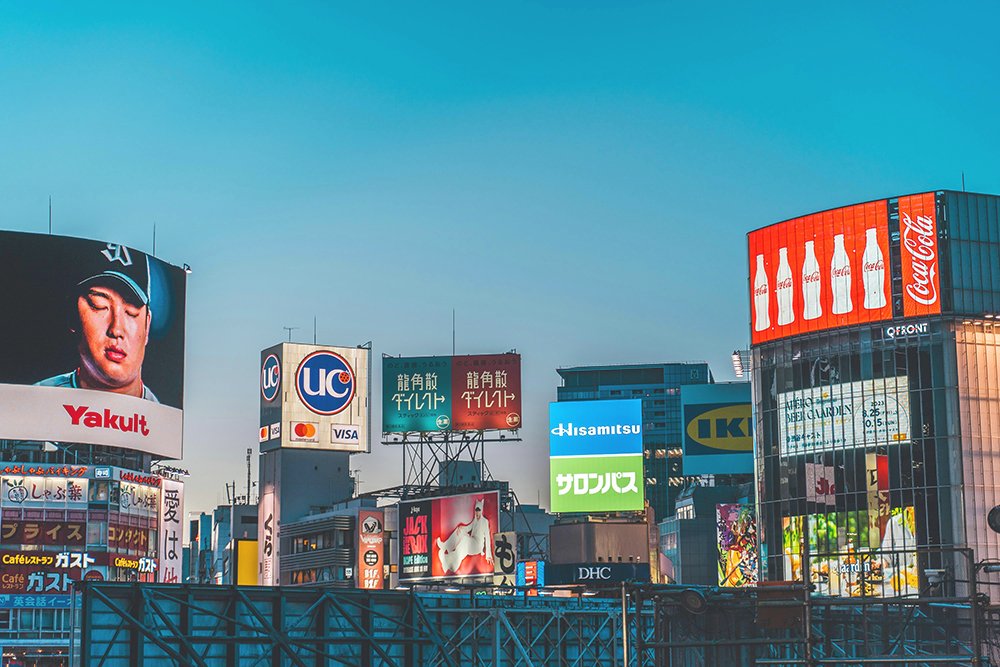So, have you ever felt a little, well, tricked by an ad? You’re not alone. Advertisers spend millions figuring out exactly what makes us tick, and it works—often a little too well. Every year, companies drop billions on ads designed to nudge us in the “right” direction, aka their cash registers. But today, we’re getting in on their secrets, from how they play with our emotions to the fancy words and visuals they use to pull us in. By the end of this, you’ll be able to spot the tricks and maybe even laugh next time you see an ad aimed squarely at your inner “impulse buyer.”
Laying the Groundwork: What the Consumer Wants (and Needs)
Needs vs. Wants: The Bread and Butter
Let’s start here: you’ve got your basic needs and your slightly more glamorous wants. Food, water, shelter—these are needs. But that $600 limited-edition sneaker that keeps popping up in your feed? That’s a want. Advertisers have perfected the art of dressing up our wants to feel like needs, and they’re very good at it.
Think of it this way: You need transportation. Advertisers show you the latest luxury car, complete with leather seats, surround sound, and a logo that screams, “I’ve made it.” Suddenly, that car seems like the “responsible choice.” This is the magic of advertising—it turns wants into life-or-death essentials.
Target Audience: Finding Their Perfect Match
Next up: knowing exactly who they’re selling to. Advertisers don’t just guess their target audience; they create detailed profiles, from the basics like age and income to the more personal stuff—like favorite hangout spots and preferred brands. This deep dive into who their ideal customer is means ads can be more, well, personal.
Take “dwell time.” Advertisers track how long you’re looking at an ad or staying on a page. If you linger, they know they’ve got you hooked and will keep sending you ads tailored to the vibe you just couldn’t look away from.

The Psychology of Influence: Why You Feel How They Want You to Feel
Emotional Appeal: Getting Right to Your Feels
Emotions run the world, and nowhere is that more apparent than in advertising. Happy people in ads make us feel happy; luxury items make us feel powerful. Advertisers don’t sell products—they sell feelings.
Take luxury brands, for example. They don’t just show you a handbag; they show you a lifestyle. You’re not buying leather—you’re buying “status.” Want a blast from the past? Look at ads that use nostalgia. Brands bring back old jingles or vintage aesthetics because nothing triggers the “I need this” button quite like a trip down memory lane.
Psychological Reactance: Act Now, or Miss Out
Ever wonder why a “limited time offer” makes you panic-buy a $12 artisanal oat milk latte? That’s reactance in action. When we feel our freedom to choose is limited (like when a sale ends in an hour), we suddenly want to act—before that freedom is gone. It’s basic psychology, but man, does it work.
Now, this one can get a little ethically murky. Is it fair to play with people’s psychology to push sales? Advertisers might argue it’s all part of the game. Others see it as manipulation, plain and simple. Either way, limited-time offers aren’t going anywhere.
Truth, Lies, and Strategic Manipulation
Here’s the trick: advertisers don’t lie, but they sure know how to present the truth in the most flattering light. Maybe they highlight one great feature and leave out the fine print. Think of Volkswagen’s famous “Lemon” ad for the Beetle. They called it a lemon—meaning defective—to build trust by admitting faults. But really, it was all about making the car seem humble and reliable.
Advertising has mastered the art of selective truth. It’s not lying; it’s just…creative.
The Art of Crafting a Compelling Message: Hook, Line, and Sinker
The Power of Words
Words matter—big time. And in advertising, word choice is everything. A great tagline can make a brand memorable for decades. Think Nike’s “Just Do It.” Three words that pack a punch. Why? It’s short, it’s active, and it’s bold.
Then there’s the art of misspelling. Look at “Froot Loops.” They couldn’t spell it “Fruit” without a lawsuit, so they went with “Froot” and turned it into a memorable brand. This little tweak isn’t just about brand recognition; it’s also a legal loophole. Genius, right?
Visual Storytelling
Images are where words fall short. Good visuals take you straight to the brand’s vibe. Colors, for instance, can make a world of difference. Blue is calm, red is intense, yellow is all about happiness—if it makes you feel something, the color did its job.
Then there’s font choice. A luxury brand isn’t going to use Comic Sans, and a playful, youthful brand isn’t going to hit you with Times New Roman. Visuals, from color to font, set the tone, making you feel something before you even register the product.
Oh, and let’s talk “flow of energy.” Ever notice how your eyes are naturally guided through an ad? That’s no accident. Advertisers use certain layouts and angles to pull you along, making sure you notice exactly what they want you to.
Cutting Through the Clutter
Today’s media landscape is beyond saturated. You can’t scroll for five seconds without bumping into an ad, so standing out is a high-stakes game. Here’s how brands break through:
- Unexpected placements: Ads where you least expect them are almost always memorable.
- Originality: Avoiding clichés makes an ad feel fresh, which can be all it takes to get noticed.
- Unique tone: Finding that perfect font, color palette, or style can make a brand unforgettable.

Advertising in the Digital Age: Welcome to the Wild, Wild Web
The Shift from Traditional to Digital Media
A quick history lesson: Ads used to be all about billboards, radio jingles, and TV spots. But now, the internet has taken over, and brands had to adapt. Goodbye, daytime TV ads; hello, social media influencers.
The Digital Landscape: Ads, Everywhere, All the Time
Going digital changed the rules. Ad blockers exist, so advertisers have had to get sneaky—hello, influencer partnerships and native ads that blend right in with your feed. Digital ads also mean they can track every click, dwell time, and reaction to see if you’re hooked or not.
Data: The Magic Ingredient
Data is the new advertising goldmine. First-party data? That’s what you tell companies yourself (think email sign-ups). Second-party data? Data they get from partners. Third-party data? Everything else. Knowing your browsing habits, purchase history, and even those “embarrassing” late-night searches lets them target ads with terrifying accuracy.
But it’s not all fun and profit. Data privacy is a big deal, and consumers are becoming more aware. Advertisers are starting to be more transparent about data use, if only to keep customers from fleeing in droves.
What You’ve Learned (And Why It Matters)
So, here’s the bottom line: advertising isn’t just about putting a product in front of you; it’s about making you feel like you need that product. They know your wants, they play to your emotions, and they’re masters at blending the truth with a little creative flair.
Next time you see an ad, you’ll have the upper hand. You’ll see the words and colors for what they are: carefully chosen tools to make you buy. And hey, maybe you’ll even crack a smile when you see a limited-time offer, knowing you’re one step ahead.
You’re now an honorary member of the ad resistance. Stay sharp, stay skeptical, and remember: not every “must-have” is really a must-have.
